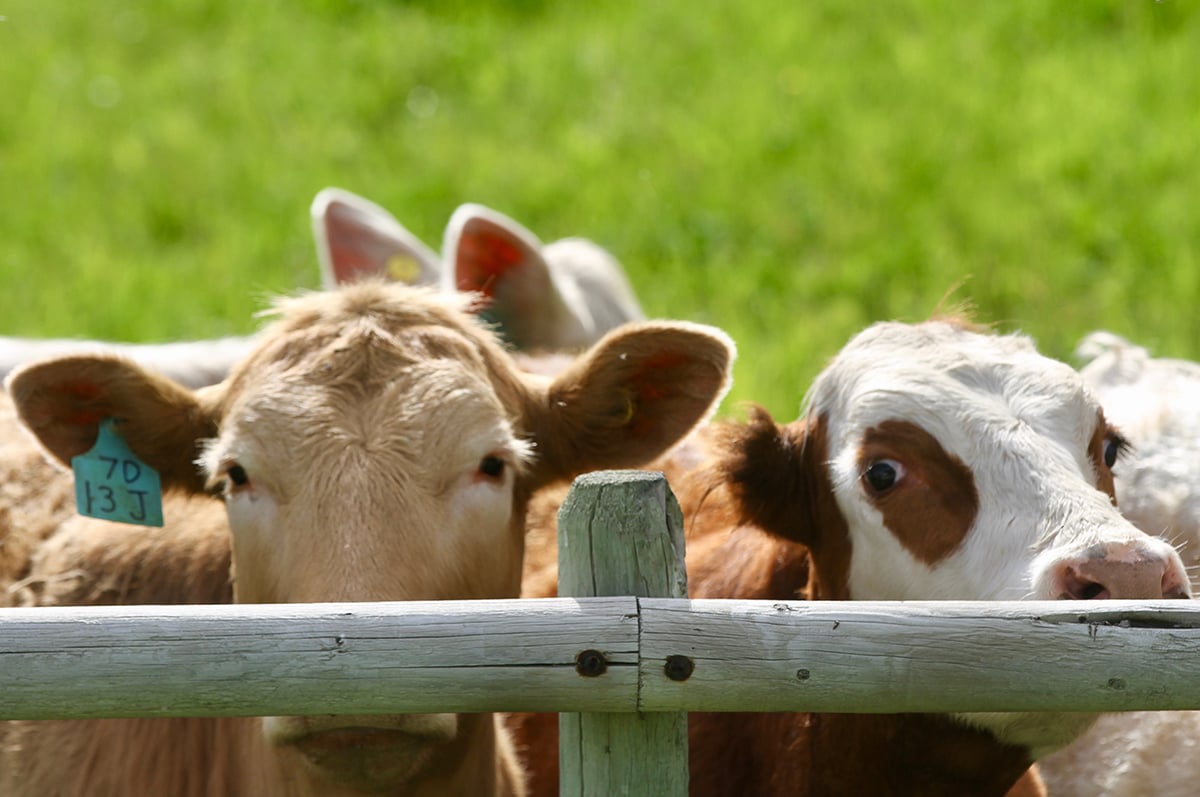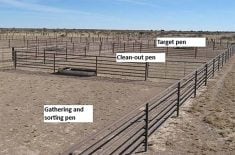RED DEER — Certain E. coli bacteria living in the gut of chickens can cause serious diseases under the right circumstances.
Researchers are learning more about different forms of E. coli that sicken or kill birds when they get into the blood and move through the body.
Some may also affect humans, said Mike Kogut, a microbiologist at the Southern Plains Agricultural Research Centre in College Station, Texas.
“The newer types of issues we’re facing with E. coli is this idea of zoonotic potential. There are some reports in the literature that describe the ability of a chicken-based E. coli showing up in humans,” he said at the Western Poultry Conference held in Red Deer Feb. 26.
Read Also

Feeder market consolidates at historic highs
For the week ending Sept. 6, Western Canadian feeder cattle markets were relatively unchanged compared to seven days earlier.
“Like many of the other intestinal gram negative bugs, salmonella, campylobacter, there is a lot of drug resistance within E. coli,” he said.
Avian pathogenic escherichia coli (APEC) infection may occur in broilers, turkey and layers. Some researchers suggest it is a greater threat when the prophylactic use of antimicrobials stops.
Broilers could develop respiratory infections, while laying hens could get reproductive tract infections.
There are different types of E. coli within the chicken gut. They are all from a common family tree but they are genetically different.
“E. coli is the most prevalent bacterial disease worldwide of poultry and that is just with the idea that we are identifying it for what it is,” he said.
It affects all poultry and can result in poor hatching rates, death, lower production and carcass condemnation at processing.
The urinary tract bug in humans is almost identical to a form affecting chickens and probably originated from the same form of E. coli. Researchers do not know which occurred first, the chicken or human form, said Kogut.
APEC is opportunistic and when it gets out of the intestine through feces or urine, it can reach other organs and cause disease.
“Virulence is dependent upon what they are exposed to when they reach the tissue,” he said.
“They respond by what they come in contact with in the lung, reproductive tract or liver. They are able to turn on genes that allow them to survive. It is still not fully explained and it is still a matter of ongoing research worldwide,” he said.
Infection can result when the bacteria travel into the reproductive tract to the ovary through feces when hens reach sexual maturity. This can contaminate eggs or cause secondary infections.
Birds may breathe in bacteria in a brooder house if it is dusty or has high ammonia levels. A very small amount could give them a respiratory illness.
European researchers have found E. coli was the number one bacteria among free-range chickens in Europe. There are probably stresses associated with living free range and these animals can develop suppressed immune systems.
“We don’t know anything about immunity to APEC really when it comes down to it. It is a black hole and it is still poorly defined,” Kogut said.
Vaccines are effective and biosecurity is important, he said.
Vaccination of broilers can be done but it only works against the bug the birds are exposed to.
Antibiotics also help. Treatment will be immediate but once the antibiotic is removed, another flare-up can happen.
“If you create a vacuum by removing one bug, something else will fill in. E. coli is the perfect example,” he said.
“As we move into the post-antibiotic era we have to think of other methods.”
It is also wise to get a veterinary diagnosis to identify which bug is causing the disease so individualized vaccines can be identified.
















